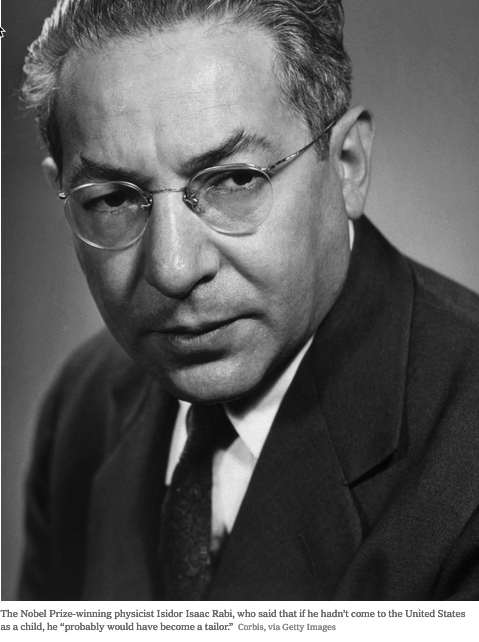“Had we stayed in Europe, I probably would have become a tailor.”
Those words were spoken by one of the great figures in American science, Isidor Isaac Rabi. In one sentence, they tell us two big things we need to know about the history of immigration to this country, and why President Trump’s proposal to “reform” our current system is fatally flawed.
In a Rose Garden speech last month, Mr. Trump presented his “big, beautiful, bold plan” for a predominantly “merit-based” system of immigration. This would entail the first “major overhaul of our legal admissions policy” in “54 years” — or since President Lyndon Johnson signed the Hart-Celler Act in the shadow of the Statue of Liberty, on Oct. 3, 1965.
Hart-Celler was a long overdue reform, one that removed the racist, anti-Semitic national quotas for immigration that we had in place since the 1920s. Under that previous law — the Johnson-Reed Act — immigration was based on the countries of origin of Americans, according to the 1890 census. It was a eugenics-inspired effort to severely limit the immigration of Jewish, Southern, and Eastern Europeans, and to ban Africans and Asians altogether.
What Trump wants is to establish a system that will also supposedly have nothing to do with race, religion or national origin. His new plan, Mr. Trump averred, would raise “the proportion of highly skilled immigration from 12 percent to 57 percent” or higher.




